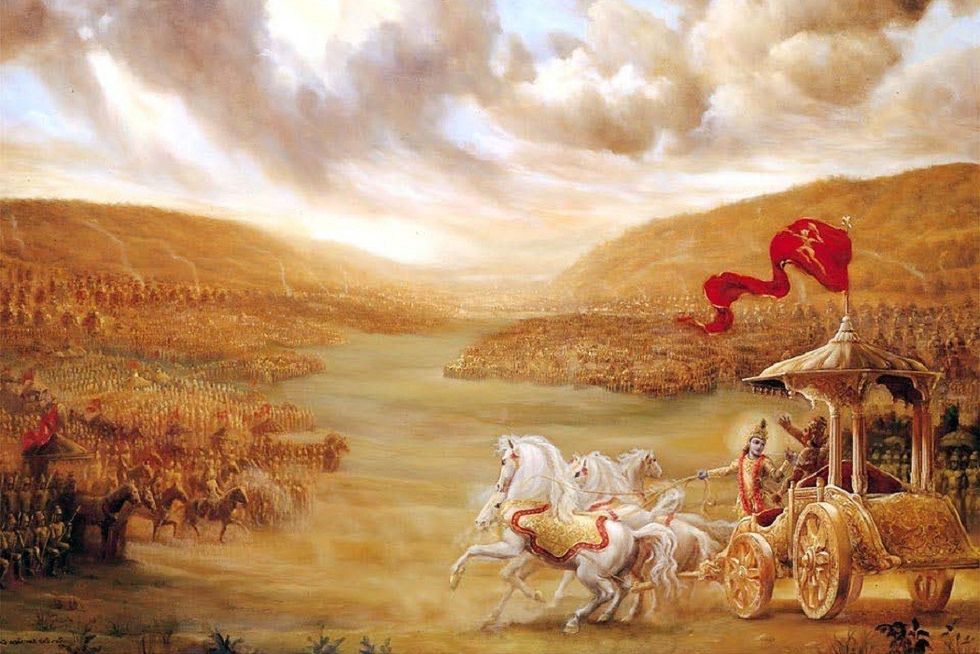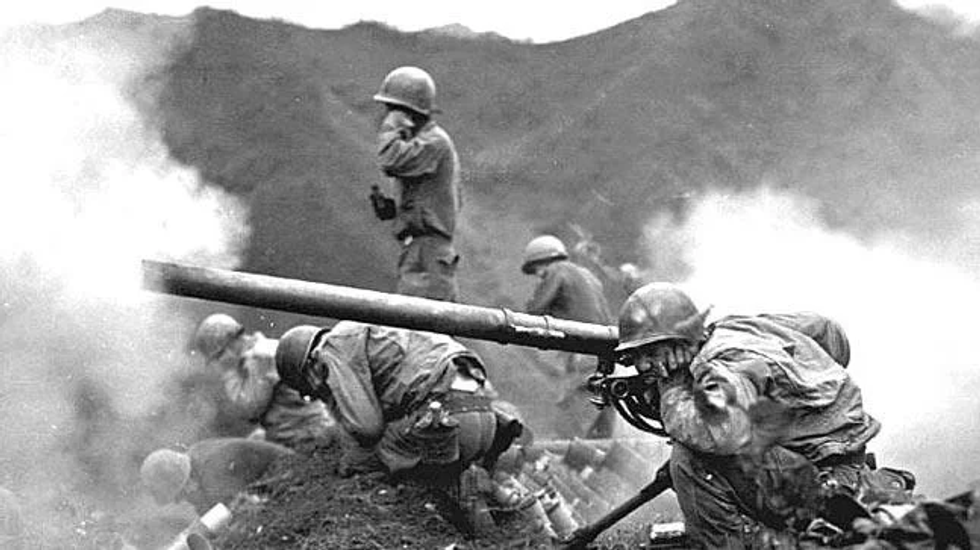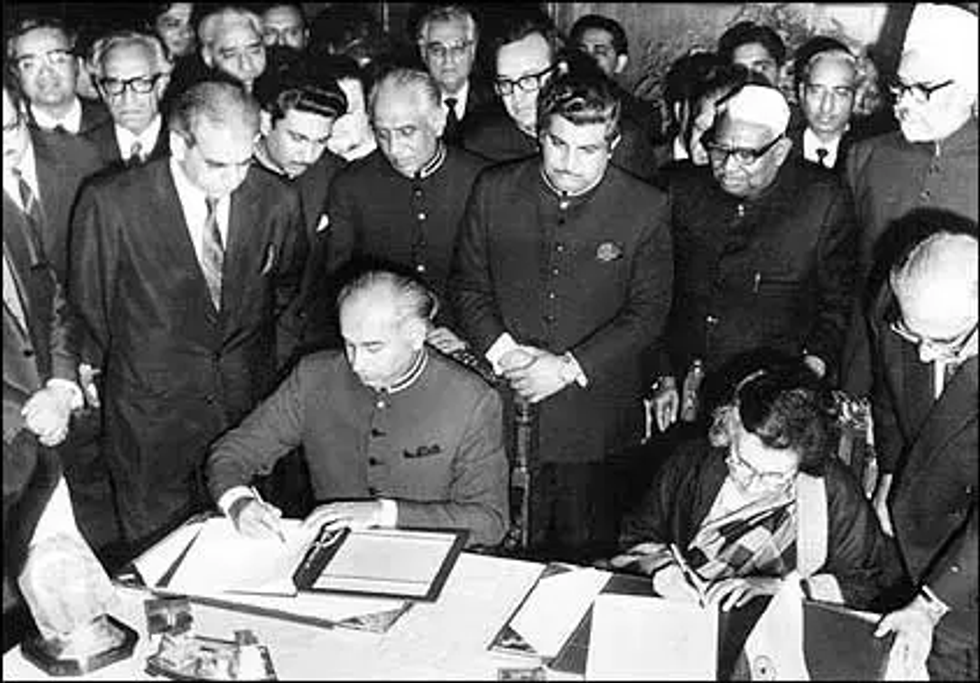By Amit Roy
THE Scottish economist and moral philosopher, Adam Smith, author of the classic The Wealth of Nations, is a particular hero of mine.
Indeed, on a visit to Edinburgh in 2014, I made a special point of paying homage to his imposing 10ft bronze statue which stands on a massive stone plinth in the city’s Royal Mile.
So, you can imagine my shock last week when I read he possibly harboured questionable views about slavery.
Scotland’s Labour party and SNP [Scottish National Party] coalition, which launched a review of monuments following the Black Lives Matter protests, has included Smith in its slavery review. He is buried in the city’s Canongate Kirkyard, which is controlled by the local authority.
One report said: “Smith’s gravestone and his statue on the Royal Mile will now be considered by the council’s ‘Slavery and Colonialism Legacy review group’, which will report on how memorials linked to ‘oppression’ can be ‘reconfigured’.”
This brings me back to how Smith was indirectly responsible for me getting my first job in Fleet Street. The Glasgow Herald’s editor, Alastair Warren, had flown in from Scotland to interview me at the paper’s offices at 56, Fleet Street. For some reason, Smith’s The Wealth of Nations came up in conversation. I showed off by quoting something from the book. He was silent for a moment and then asked: “When do you think you can join us?”
I knew nothing about the book or its author, but I had inherited a copy from my father. The previous night, I was dusting my books and had read a paragraph or two from The Wealth of Nations. It was a billion to one chance that it came up.















 David Beckham wearing a David Austin Roses "King's Rose" speaks with King Charles III during a visit to the RHS Chelsea Flower Show at Royal Hospital Chelsea on May 20, 2025Getty Images
David Beckham wearing a David Austin Roses "King's Rose" speaks with King Charles III during a visit to the RHS Chelsea Flower Show at Royal Hospital Chelsea on May 20, 2025Getty Images

 Kurukshetra battlefield illustration
Kurukshetra battlefield illustration
 Chanakya
Chanakya  Shimla Agreement
Shimla Agreement Kargil War 1999
Kargil War 1999
Slave wealth of nations